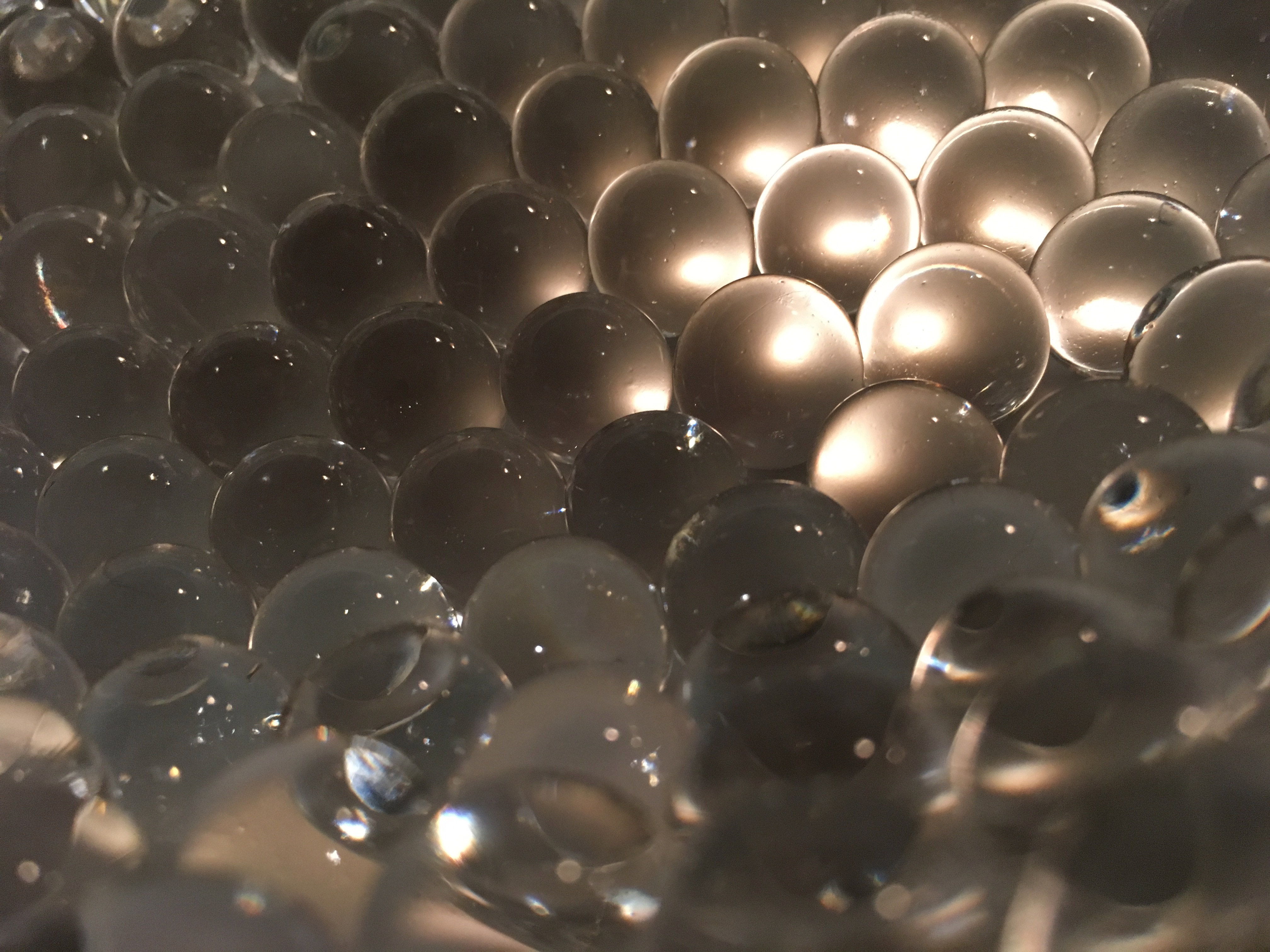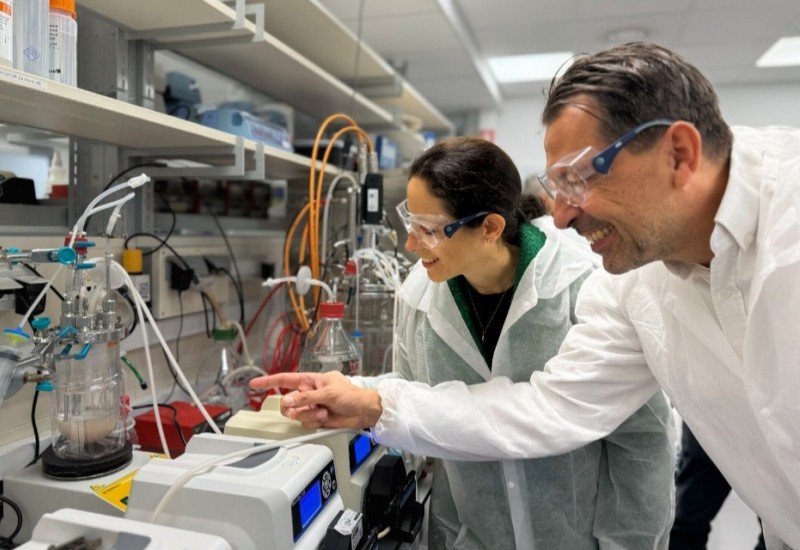Japanese SAP firms complete merger
Nippon Shokubai and Sanyo Chemical Industries have completed the merger of equals they announced in May, forming a new company called Synfomix. The two said that this will create “a chemical manufacturer with both significant global presence as well as multiple businesses with strength by combining Nippon Shokubai’s value chain of competitive materials and Sanyo Chemical’s solutions business”.
Synfomix will be the 11th largest chemical company in Japan. It will have two divisions. Materials will focus on the superabsorbent polymer (SAP) value chain division, including ethylene oxide (EO) and acrylic acid (AA), plus ethylene glycols, ethanolamines, acrylates, acrylic hydroxy monomers, maleic anhydride and its derivatives. Solutions, meanwhile, will be divided into three segments:
* Industrial, offering permanent antistatic agents, coating resins, polymers for concrete admixtures, polymer flocculants, catalysts for environmental preservation, raw materials for automobile foam, lubricating oil additives, dispersants and defoamers
* Personal, covering household detergents, cosmetic raw materials and haemostatic agents and reagents
* Energy & Electronics, focusing on lithium-ion (Li-ion) batteries, electrolytes, resins for optical materials, spherical fine particles, resist agents and toner resins
Integration efforts will focus mainly on AA and SAP, the two said Shokubai operates integrated AA/SAP complexes in Japan, the US, Belgium, and Indonesia, as well as a stand-alone SAP plant in China, with total capacities of 710,000 tonnes/year of SAP and 740,000 of AA. Adding 420,000 tonnes/year of Sanyo’s SDP Global subsidiary, which already takes its raw materials from Nippon Shokubai to its units in Japan, China, and Malaysia, will give Synfomix to 27% of the global SAP market.
Global growth rates for SAPs are slowing, with IHS Markit forecasting growth rates of 4.2%/year for 2019-24, down from 6.0%/year in 2014-19. The merger plan was driven in part by the emergence of regional competition in SAPs, as well as the need for greater scale to address emerging markets, compete with larger European and American firms and cope with falling demand in Japan itself.















